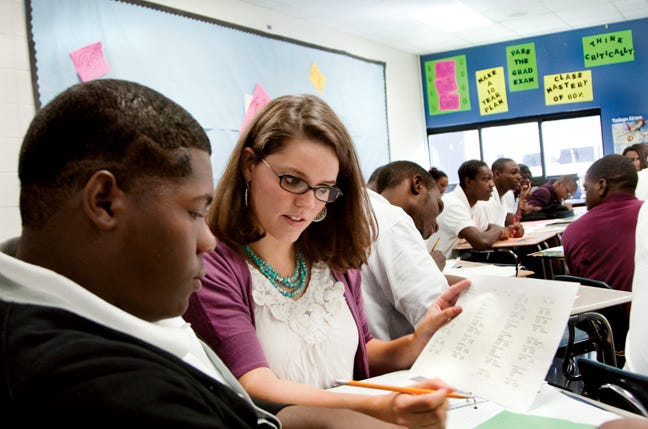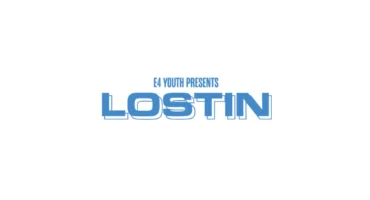Most Teachers Don’t Look Like Our Students and That’s a Problem.
Most Teachers Don’t Look Like Our Students and That’s a Problem.

Racial and ethnic minorities accounted for 20% of of all public elementary and secondary school teachers in the United States during the 2015–16 school year.
– Pew Research Center, 2017
65% of the students in Central Texas are of color.
– Texas Tribune. 2019
No matter their race, the best educators I know are not great because of their subject matter expertise (although that helps or actually, it comes with time).
They are successful because they know how to build authentic relationships with students. They have empathy. Students are willing to go the extra mile for them because they feel like these teachers “see them”. Great teachers don’t think of them as empty vessels waiting to be filled with knowledge. They see intrinsic value. They listen, they facilitate. They help students unlock what’s already there. They transform themselves everyday in the service of others.

Teach Students, Not Subjects
This is the essence of E4 Youth’s approach to cultivating high achievement with youth of color. As I wrote earlier in the The Assault On the Psyche Is Real, our youth of color are feeling more challenged than ever in their social emotional outlooks. If they are not secure in these basic developmental assets i.e. feeling safe and valued by their families, schools and communities, their chances of success are severely limited.
So, what can we do to change this?
Teachers have a daunting task. They are under-paid and under-appreciated. Their success is largely measured by how their students score on standardized tests. So, they often feel there’s no time for “relationship building.” It seems counter-intuitive. They are not there to be the kids’ friend. And yet, building relationships with students can have a significant impact on improving student achievement.
E4 Youth’s Employability Curriculum was developed to help any teacher build stronger ties with their students and consequently boost student achievement. We train our college age Creative Mentors to kick off every session of our enrichment clubs with one of these 20- to 30-minute Team Building, Critical Thinking or Media Literacy activities. And remarkably, our data shows that the more students are exposed to it, the better their social emotional and academic outcomes.
So, it’s true that most teachers don’t look like our students and it’s a real problem. However, there are tangible things that we all can do to bridge the gap.
Listen more, lecture less. Open up your heart and help students find their voice. You’ll find that they’ll achieve well beyond your expectations.

